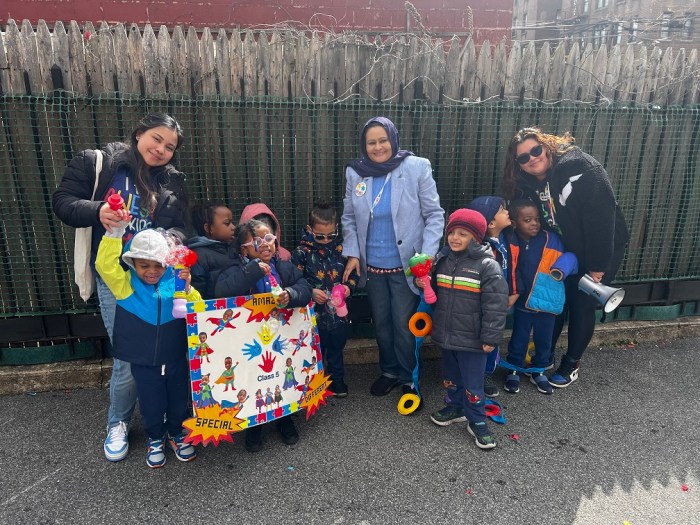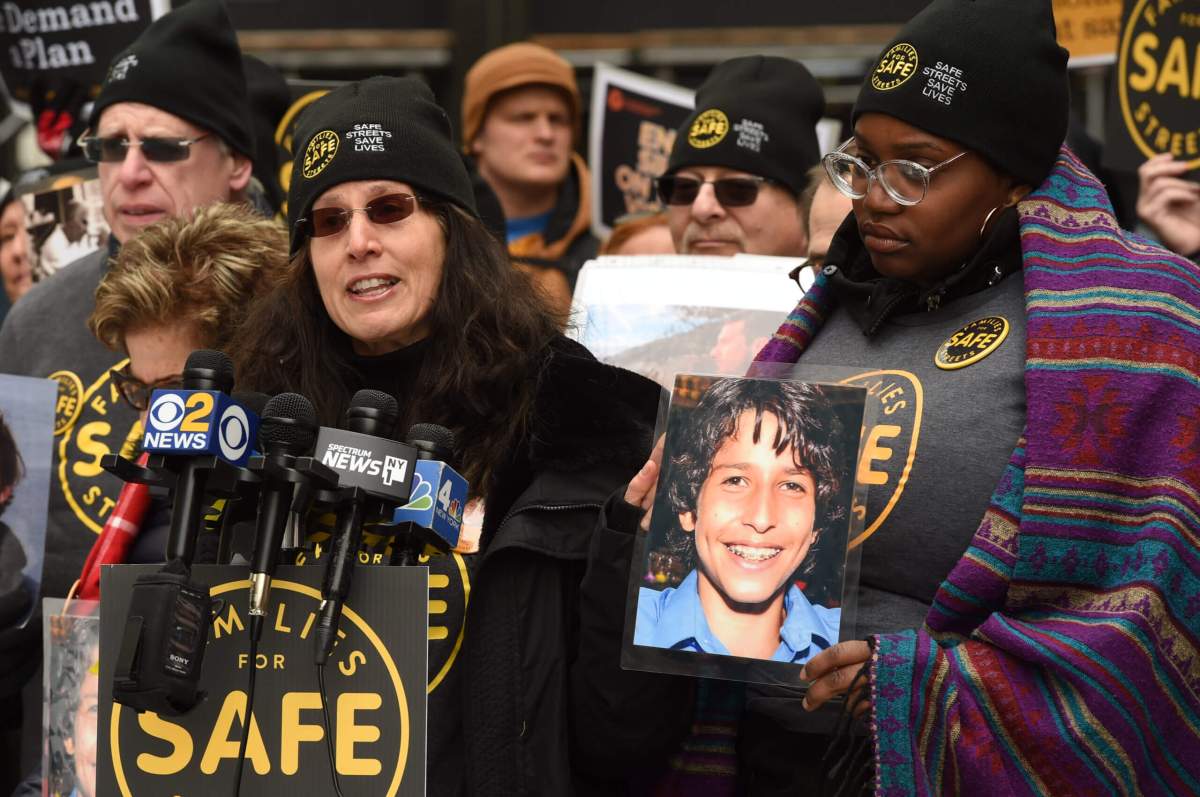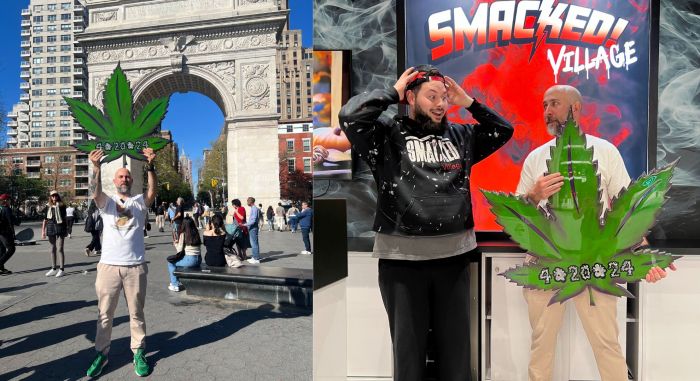The Caribbean-led commission of inquiry into the July fatal police shootings of three opposition supporters ended with submissions from attorneys last Friday and judging from the comments of several commissioners, their final report will clearly lay blame on the riot police units for the deaths and injuries to more than 20 people despite attempts by government to suggest that a phantom group had in fact done the shooting.
National Security Minister Clement Rohee was among the last of dozens of witnesses to testify, spending nearly a full day in the witness box, answering questions from attorneys Basil Williams and Nigel Hughes, but a reference deep into the statement Rohee tendered to the commission urging riot police “to take all lawful steps” to clear the crucial river bridge linking the city with the interior might well serve as confirmation that he might have given the order to officers to fire on protestors. He had denied such suggestions on the witness stand.
The incident had its genesis around April of this year when authorities announced steep hikes in electricity rates for the depressed and opposition-controlled bauxite mining town of Linden, 65, miles south of the city, triggering mass protests that escalated into a shutdown of the town and a prolonged blockade of the bridge after police had opened fire and killed protestors.
Commission Chairman Lensey Wolfe, a retired chief justice of Jamaican fellow Jamaican K. D. Knight and Trinidadian Law Professor Dana Seetahal all publicly noted during live interaction with attorneys that even police witnesses had testified to seeing “no other armed group” on the bridge on July 18, despite attempts by some police witnesses to imply that they had only used shotgun pellets and teargas as tools to disperse protestors. Others implied that protestors had first some at them.
Attorney Williams who represented the main opposition A Partnership For National Unity (APNU), did, however, force both Rohee and then Divisional Police Commander Clifton Hicken to admit that planning meetings as to how police would have dealt with the demonstrations did not take into account the deployment of a $200,000 police water cannon, the use of riot shields and rubber bullets, meaning that deadly weapons like FN rifles, revolvers and shotguns were always on the table. The last known meeting was held at Rohee’s office the day before July 18 when Rohee said he was given all assurances that live rounds would not have been used.
To Williams, Hughes and some commissioners, this was more than a tacit admission that the question of lethal weapons use was in fact discussed by Rohee and senior police officers.
Other key points advanced during final submissions had to do with police allegations that they had since 2005 stopped using Double Zero buckshot ammunition but experts who testified did indicate that some of the deceased were in fact hit by that type of shotgun ammunition.
Video evidence exposed to the commission had also showed one officer, Constable Rodney, loading his shotgun with unidentified pellets even as colleagues with similar weapons stood by, theirs already loaded.
Two others, Assistant Superintendent Stanton and Constable Cameron, were publicly identified by Lindeners as those they saw firing at protestors, while some of Rodney’s colleagues had told reporters that Rodney had boasted about killing three people when he had returned to barracks.
Another telling point Williams and Hughes tried to ram home to attentive commissioners was linked to Police weapons examiner Sgt. Jackson testifying that only one .38 handgun was sent to him to be examined. No shotguns or FN rifles were ever made available for testing, suggesting a massive cover up by police as national outrage boiled over at the deaths.
The commission is to return in January to complete its work including a look at compensation for victims and property and vehicle owners who lost property in the aftermath of July 18th. Members of the public and attorneys have three weeks to submit written statements.























